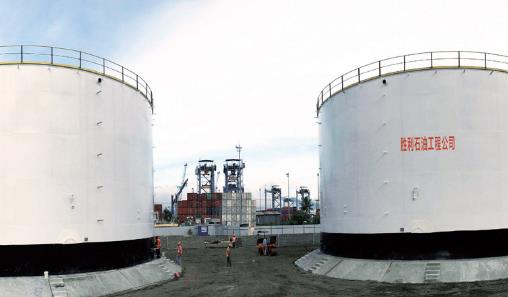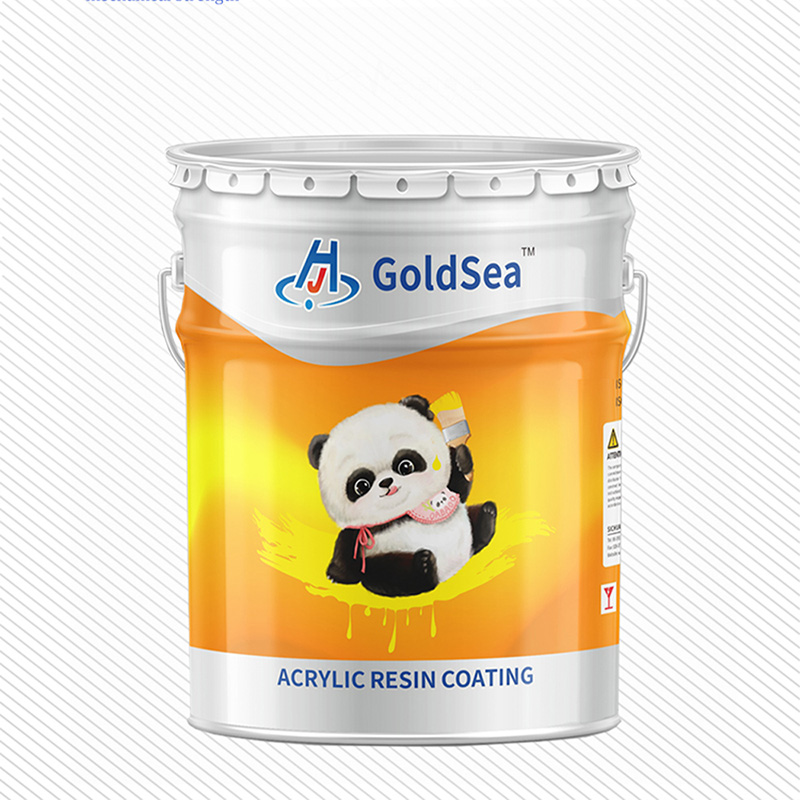Polyurea anti-corrosion coating for pipelines and sewage tanks
Product Description
Polyurea coatings are mainly composed of isocyanate components and polyether amines. The current raw materials for polyurea mainly consist of MDI, polyether polyols, polyether polyamines, amine chain extenders, various functional additives, pigments and fillers, and active diluents. Polyurea coatings have the characteristics of fast curing speed, quick construction speed, excellent anti-corrosion and waterproof performance, wide temperature range, and simple process. They are particularly suitable for various industrial and mining enterprises, parking lots, sports fields, etc., for floor coating with requirements for anti-slip, anti-corrosion and wear resistance.
PRODUCT FEATURES
- Superior wear resistance, scratch-resistant, longer service life;
- It has better toughness than epoxy flooring, without peeling or cracking:
- The surface friction coefficient is high, making it more slip-resistant than epoxy flooring.
- One-coat film formation, quick drying, simple and fast construction:
- Re-coating has excellent adhesion and is easy to repair.
- Colours can be chosen freely. It is beautiful and bright. It is non-toxic and environmentally friendly.


The field of anti-corrosion is where polyurea technology entered relatively early and has been widely applied in engineering. Its applications include the anti-corrosion of steel structures such as pipelines, storage tanks, docks, steel piles, and chemical storage tanks. The material coating is dense, seamless, has strong anti-permeation and corrosion performance, can withstand most chemical media erosion, and can be used for a long time in outdoor environments with strong corrosion such as swamps, ponds, salt oil, and rocky areas without powdering, cracking, or peeling. It has good weather resistance. The Delsil polyurea anti-corrosion coating will not break even if there is a deformation in the steel structure, and can still cover the entire workpiece surface even in abnormal conditions such as protrusions or depressions of pipelines.
Construction procedures
New Anti-corrosion Technology for Sewage Pools
As the environmental protection situation becomes increasingly severe, industrial wastewater, medical wastewater, and rural manure liquid treatment all adopt the method of centralized collection. The anti-corrosion of concrete pools or metal boxes that contain sewage or wastewater has become a top priority. Otherwise, it will cause secondary leakage of sewage, resulting in irreversible pollution of the soil. According to incomplete statistics, the service life of anti-corrosion sewage pools is 15 times that of non-anti-corrosion sewage pools. Clearly, the anti-corrosion of sewage pools is not only a core part of environmental protection facilities but also a hidden profit for enterprises.

- 1. Basement grinding and cleaning: First sweep and then clean to remove dust, oil stains, salt, rust, and release agents from the base surface. After thorough grinding, vacuum dust collection.
- 2. Solvent-free primer coating: It should be applied on the ground surface before construction. It can seal the capillary pores of the floor surface, reduce coating defects after spraying, and increase the adhesion between the coating and the cement and concrete floor. Wait until it is fully cured before proceeding to the next step of construction.
- 3. Polyurea putty repair layer (selected based on wear conditions): Use the dedicated polyurea patching putty for repair and leveling. After curing, use an electric grinding wheel for comprehensive grinding and then vacuum clean.
- 4. Solvent-free primer sealing: Mix the solvent-free primer and curing agent in the prescribed ratio, stir evenly, and roll or scrape the primer evenly within the specified usage time. Seal the base surface and increase adhesion. Let it cure for 12-24 hours (depending on the floor condition, with the principle of sealing the floor).
- 5. Spray polyurea anti-corrosion coating; After passing the test spray, first spray the connection hole, then spray the inner surface of the pipe, straight pipes or elbows are sprayed in the factory, and the joints are sprayed on site. Spray in the order of top to bottom, then bottom, and move in a small area in a cross pattern. The coating thickness is 1.5-2.0mm. Complete the spraying in one go. Specific methods can be found in "Polyurea Engineering Coating Specifications".
- 6. Roll coating and spray polyurea top coat: Mix the main agent and curing agent in the prescribed ratio, stir thoroughly, and use the dedicated roller for uniform rolling or spray machine for spraying the polyurea top coat coating on the fully cured polyurea coating surface. Resist ultraviolet rays, prevent aging, and color change.
Pipeline Corrosion Prevention
In recent decades, there has been significant development in pipeline corrosion prevention materials. From the initial coal tar corrosion prevention system to the 3PE plastic corrosion prevention system, and now to the polymer composite materials, the performance has improved significantly. Currently, most corrosion prevention methods have characteristics such as high construction difficulty, short lifespan, difficult maintenance in the later stage, and poor environmental friendliness. The emergence of polyurea has filled this gap in the field.
- 1. Sandblasting for rust removal: Firstly, the pipes are sandblasted for rust removal to the Sa2.5 standard. The sandblasting process should be completed within 6 hours. Then, the polyurethane primer coating is applied.
- 2. Primer application: After sandblasting, the special solvent-free primer is applied. After the primer dries to a state where no obvious liquid remains on the surface, the polyurethane coating is sprayed. Ensure even application to guarantee the adhesion between the polyurethane and the pipe substrate.
- 3. Polyurethane spraying: Use a polyurethane spraying machine to spray the polyurethane evenly until the film thickness is achieved. The surface should be smooth, without run-off, pinholes, bubbles, or cracking. For local damages or pinholes, manual polyurethane repair can be used for patching.



















